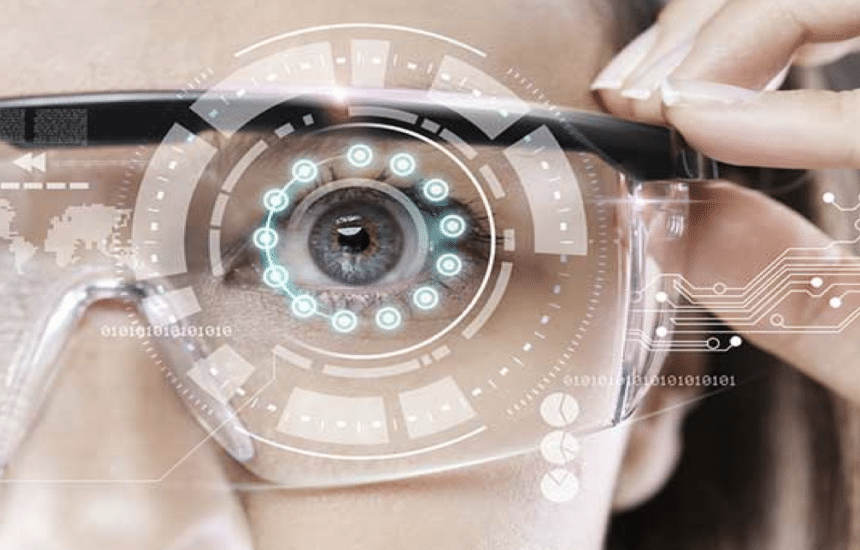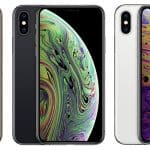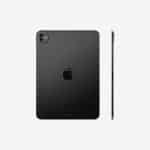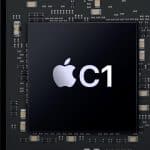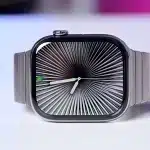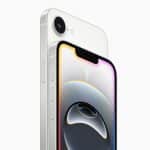We wear technology on our bodies. These devices are part of our life whether it’s from fitness trackers that count steps or smart watches that monitor our heartbeats. However, have you ever considered why these tiny gadgets are smart? Microchips and sensors are at the heart of it. Wearables are about these two components that help to collect, process and share information.
In this article, we will explore how developments in microchips and sensors are giving birth to wearable technology. We will also look at the role of microchip-authorized distributors and how to find obsolete electronic components through specialized platforms in the industry.
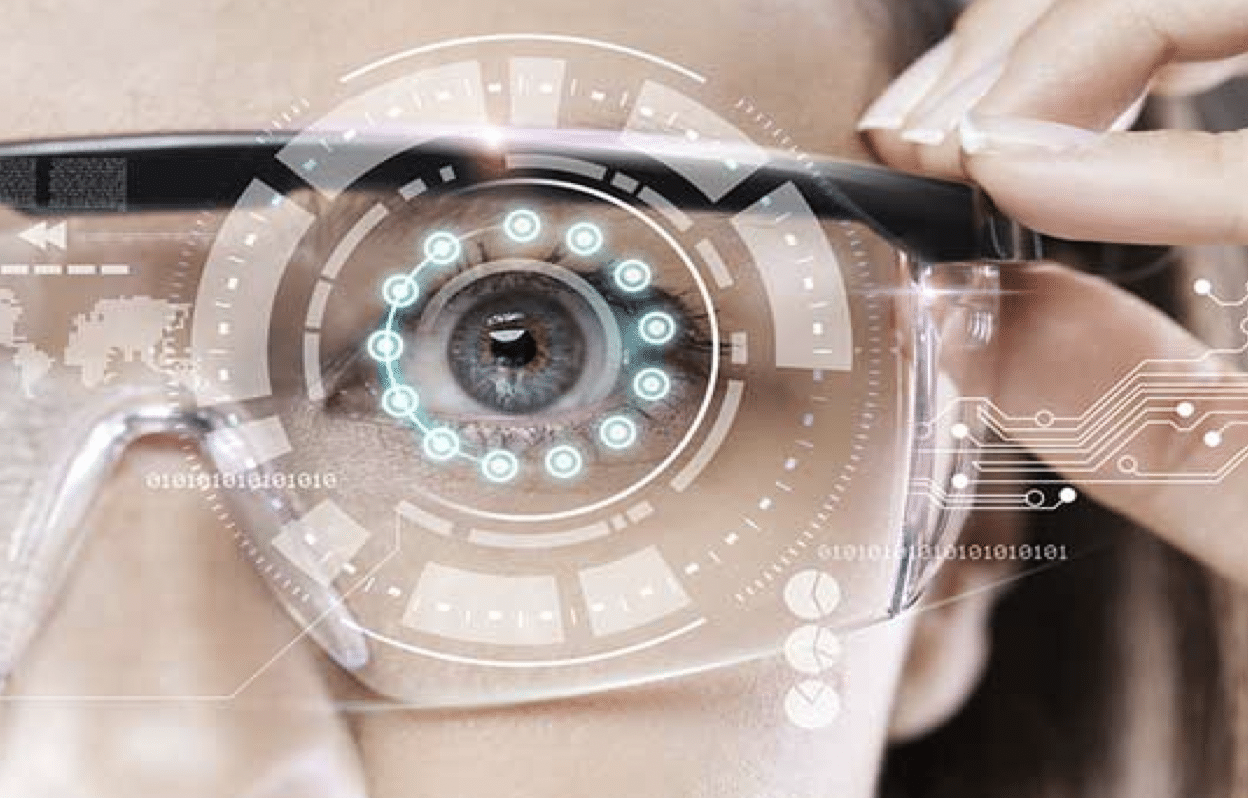
What Are Microchips and Sensors?
A microchip is an electronic circuit within a chip, a tiny device just like this. Like the brain of electronic devices, it tells them what to do and how to work. On the contrary, sensors receive things around them. For example, a sensor in a smartwatch may record your heartbeat and another record how many steps you take. The information from these sensors is sent to the microchip which then processes them and then provides useful data to the user.
How Microchips Are Improving Wearables?
Wearable devices have seen their microchips come a long way. Now they are smaller, faster and more power-efficient than ever before. Here are some key advancements:
Smaller Size and Better Efficiency
Today’s microchips are very small but very powerful. Wearing glasses that are smart, or trainers that track your fitness, for example, can be made smaller and lighter by using this method. These advanced chips are authorized by microchip authorized distributors to provide the latest advanced chips, with reliability and efficiency.
More Processing Power
As you might suspect, even though they are small, these chips can handle large amounts of data. But that’s why wearables can get more done at once by, for example, tracking multiple activities at once, or connecting with other devices via Wi-Fi or Bluetooth.
Cutting-edge microchips that power wearable technology come from companies like Infineon distributors. By using these chips, the chips process faster and work better.
Advances in Sensors for Wearables
In other words, wearable devices have sensors as their eyes and ears. These are mainly used to collect data from the environment or a body. Here are some ways sensors are improving wearable tech:
Biometric Sensors
They are sensors that monitor health metrics, like heart rate, blood oxygen levels, and sleep quality. For instance, modern fitness bands and smartwatches are loaded with the latest biometric sensors and keep checking your health in real-time.
Environmental Sensors
Things are also getting smarter in how we detect external conditions. UV exposure, air quality, temperature changes — all of this can be measured by sensors, especially for someone who spends a lot of time outside or who has delicate health.
Applications of Wearable Technology
Fitness trackers are no longer the only wearable devices. They are now used for a variety of purposes, including:
Health Monitoring
Health metrics, like steps, calories burned and heart rate, in wearables. But these devices can also send alerts if something goes wrong for people with medical conditions.
Medical Devices
Today hospitals and homes are using advanced wearables. A wearable device might be used to monitor a patient’s heart rhythm and send the data to doctors.
Everyday Convenience
With smartwatches, you can check notifications, make calls and even pay for things without having to use your phone. Wearables are a big part of everyday life for these reasons.
Challenges in Wearable Technology
While wearables have many benefits, they also come with challenges:
Finding the Right Components
You need specialised electronic parts to make wearables. TE connectivity authorized distributors and Molex distributors continue to be relied on by manufacturers for high-quality components.
Obsolete Electronic Components and C overhauls
Some parts for older devices that are still in use no longer exist to be produced. In this capacity, there are distributors that have specialised in obsolete electronic components. They find hard to find components keeping older devices alive.
Privacy and Security
Personal data collected by wearables have to be protected. Manufacturers are trying to make their devices more secure.
Tools for Finding Electronic Components

It’s often very difficult for manufacturers and hobbyists to find the correct electronic parts. Fortunately, specialized platforms make it easier to source hard-to-find components. So these websites work as electronic components search engine components, helping users locate the exact components they are looking for as well as the hard to find.
In the example, if you want an old microchip model then you can search it on these platforms. They used to list trusted suppliers and also contain information on availability.
The Application of a Digital Multimeter
Special Tools are needed for Testing wearable devices. There is a digital multimeter which measures the voltage, current and the resistance. Before Engineers can go into production, they must test circuits then make sure these do work.
If you’re a tinkerer or a first-time DIYer the skill of figuring out how to use a digital multimeter is a must. This is a tool that prevents wrong connections to electronic devices and helps in finding out the problems of electronics.
Conclusion
Microchips and sensors are advancing every day, which means wearable technology continues to improve. Companies like LEGO, along with maker products that require platforms such as Arduino and TE Connectivity, play an important role in this evolution. Molex and Infineon are among the key companies providing critical parts that make wearables possible. For sourcing rare components, there are specialized platforms that cater to hard-to-find parts.
Wearable devices are here to stay, whether for health monitoring, medical use, or daily convenience. The future of wearable technology depends on continued advancements in microchips and sensors.
